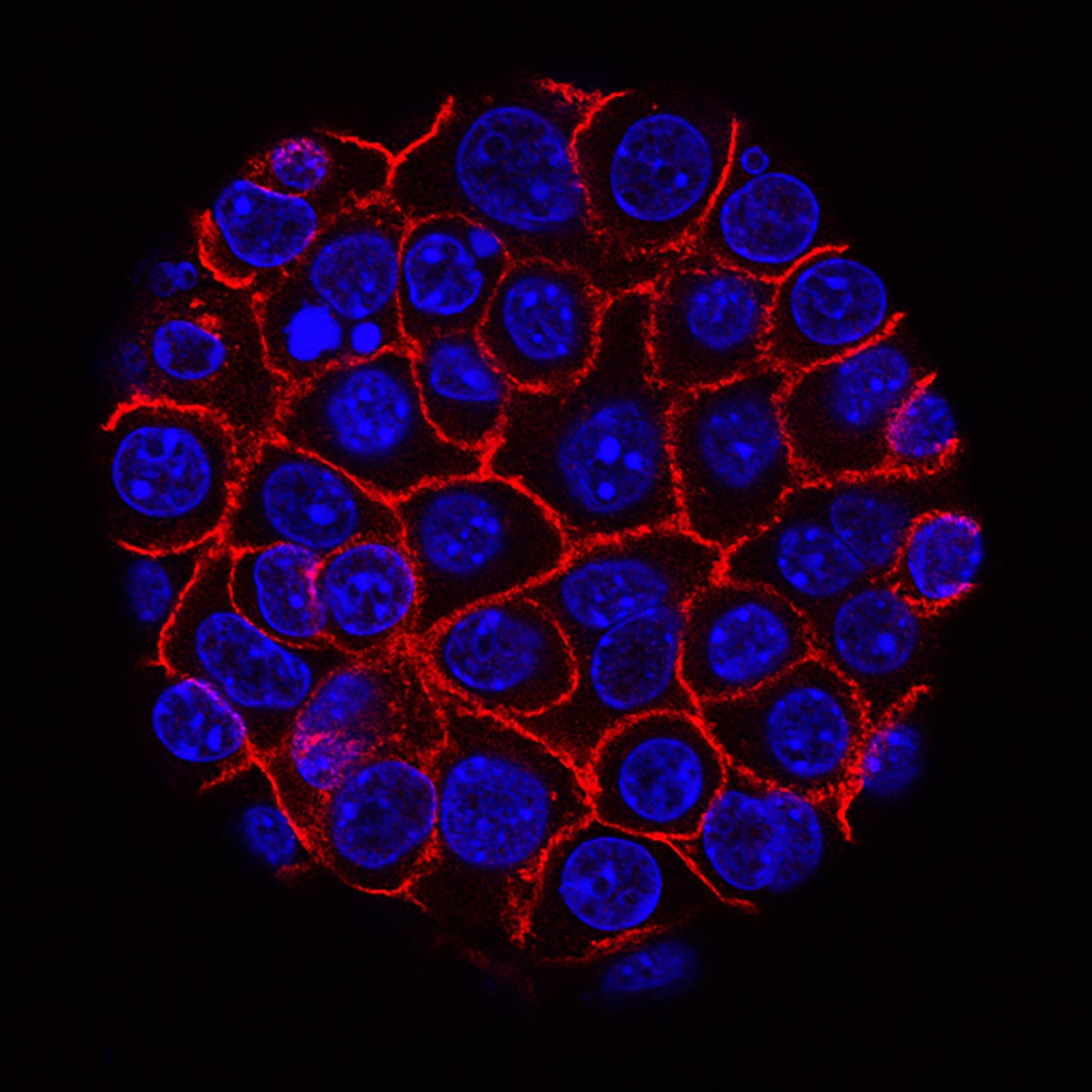![]()
Key facts:
- Prostate cancer is the most common cancer among men (excluding skin cancer)
- It is typically slow-growing
- Early diagnosis and treatment are important for the best outcome
- Treatment options include active surveillance, surgery, radiation therapy, hormone therapy, and chemotherapy
Points to be covered:
- Introduction to Prostate Cancer
- Causes of Prostate Cancer
- Symptoms of Prostate Cancer
- Diagnosing Prostate Cancer
- Treatment Options for Prostate Cancer
- Active Surveillance
- Surgery
- Radiation Therapy
- Hormone Therapy
- Chemotherapy
- Choosing the Right Treatment
- Living with Prostate Cancer.
What is Prostate Cancer?
Prostate cancer is a type of cancer that affects the prostate gland, a small, walnut-shaped gland in the male reproductive system. It is the most common cancer among men, excluding skin cancer. In many cases, prostate cancer is slow-growing and may not cause symptoms for years. This is why early detection and treatment is important for the best outcome.
Causes of Prostate Cancer:
The exact cause of prostate cancer is not known. However, certain risk factors have been identified, including age (most cases occur in men over the age of 50), family history of prostate cancer, and ethnicity (African-American men are at a higher risk).
Symptoms of Prostate Cancer:
In its early stages, prostate cancer may not cause any symptoms. As the cancer grows, symptoms may include difficulty starting and stopping the flow of urine, weak or interrupted urine flow, painful urination, and frequent urination, especially at night.
Diagnosing Prostate Cancer:
Prostate cancer is usually diagnosed with a combination of tests, including a digital rectal exam, a blood test called prostate-specific antigen (PSA) test, and a biopsy of the prostate gland.
Treatment Options for Prostate Cancer:
The best treatment for prostate cancer will depend on various factors, including the stage and grade of the cancer, the patient’s age and overall health, and the potential side effects of each treatment. The five main treatment options for prostate cancer are:
Active Surveillance:
This is a way of monitoring the cancer without immediately starting treatment. It is usually recommended for men with early-stage prostate cancer that is slow-growing.
Surgery:
Surgery to remove the prostate gland (prostatectomy) is usually recommended for men with early-stage prostate cancer. There are two main types of prostatectomy: open radical prostatectomy and robot-assisted laparoscopic prostatectomy.
Radiation Therapy:
Radiation therapy is the use of high-energy radiation to kill cancer cells. It can be delivered externally or internally, depending on the stage and type of cancer.
Hormone Therapy:
Hormone therapy is used to slow or stop the production of testosterone, which can help shrink the size of the prostate cancer.
Chemotherapy:
Chemotherapy is the use of drugs to kill cancer cells. It is usually recommended for men with advanced prostate cancer that has spread beyond the prostate gland.
Choosing the Right Treatment:
It is important for men to discuss their individual situation and treatment options with their doctor. The decision about which treatment to choose will depend on various factors, including the stage and grade of the cancer, the patient’s age and overall health, and the potential side effects of each treatment.
Living with Prostate Cancer:
Living with prostate cancer can be challenging, but there are many resources and support groups available to help men and their families navigate their diagnosis and treatment. With early diagnosis and the right treatment, many men with prostate cancer are able to live long, healthy lives.
In conclusion, prostate cancer is a common type of cancer among men, but with early diagnosis and treatment, the best outcome is possible. Men should discuss their individual situation and treatment options with their doctor and choose the one that’s right for them.
